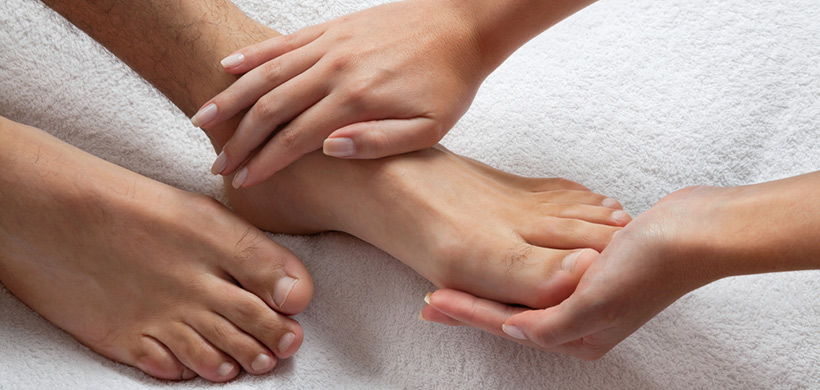Thinking on Your Feet: How to Avoid Common Foot Problems
They are something that we use every day of our lives, but for some reason our feet are also something that are almost forgotten about. In other words, at least in comparison to other body parts, they don’t really get the attention that they perhaps deserve.
There are of course several ways to keep on top of this. Some of these involve various topical treatments, while in other cases it might be about wearing the right footwear. In relation to the latter, investing in these is crucial, and finding the likes of these knee high boots with the proper construction can save you a lot of pain later down the line.

The remainder of today’s article will therefore take a look at some of the most common foot problems that do the rounds, and highlight what you can do to avoid them.
Athlete’s foot
Considering the fact that an increasing number of us are visiting the gym, this first issue deserves prioritising.
Classed as a fungal infection, this is something that tends to occur between your toes. Why is the gym-factor important here? Athlete’s foot is something which thrives in warm, damp environments – so gym showers are one of the easiest ways for it to be transferred because it is exceptionally contagious.
How can you prevent this? Try and cover your feet up whilst walking in public places.
Plantar fasciitis
Remember where we said that your footwear is crucial when it comes to keeping on top of your feet? Well, having the correct footwear is something that can help guard against Plantar fasciitis.
In short, this is a pain which occurs on the bottom half of the heel – usually in the morning or following activity. Those who participate in exercise are much more likely to suffer with it.
Heel spur
On the subject of your heels, lets now move onto heel spur.
This is something that develops between your heel bone and the arch. Some people are lucky and don’t suffer from any obvious symptoms, but for others it can be extremely painful and cause topical inflammation.
So, why does heel spur occur? Put simply, this happens through excessive levels of calcium developing between the heel and foot arch. It’s a long-term process, and sometimes accelerated through conditions such as arthritis, or even wearing shoes which do not fit properly.
Bunions
If you have ever noticed a large bump on the outside of your large toe, there’s every chance that bunions are to blame. Women tend to get bunions more than men, simply because their footwear is usually narrower.
Based on the previous sentence, the solution here is obvious – wear wider footwear. Whenever you wear tight shoes you will put more pressure on this joint, and the end result is that unsightly bunion.
If you do find yourself suffering with bunions, firstly find the right footwear and secondly, you can apply ice to reduce the inflammation that occurs with the condition.
